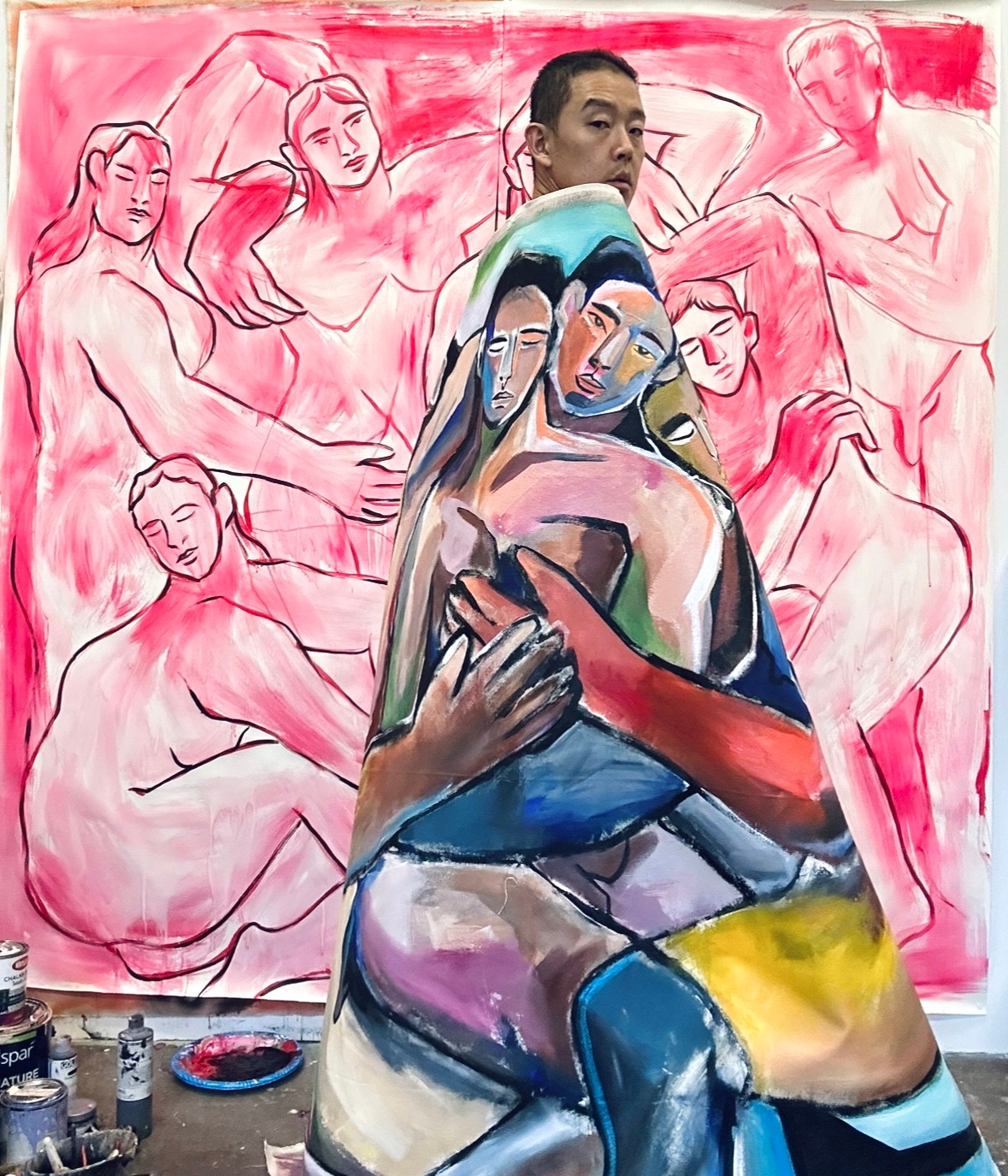We’re excited to introduce you to the always interesting and insightful Jun Yang . We hope you’ll enjoy our conversation with Jun below.
Jun, thanks for taking the time to share your stories with us today What’s been the most meaningful project you’ve worked on?
I want to share a story about a fundraising event I organized at Maitri Compassionate Care, an organization that supports individuals affected by HIV and assists with gender-affirming surgeries.
I took an active role in every aspect of this event. I designed special hoodies, and we donated 100% of the proceeds from sales to Maitri. Additionally, I donated several of my paintings to be auctioned off during the annual fundraising event. Beyond just donating items, I helped plan and organize the art auction event to ensure it ran smoothly and effectively.
This project was deeply meaningful to me as it combined my passion for art with my commitment to supporting important causes. By engaging the community through art and deriving the community, we were able to raise significant funds and awareness for Maitri.

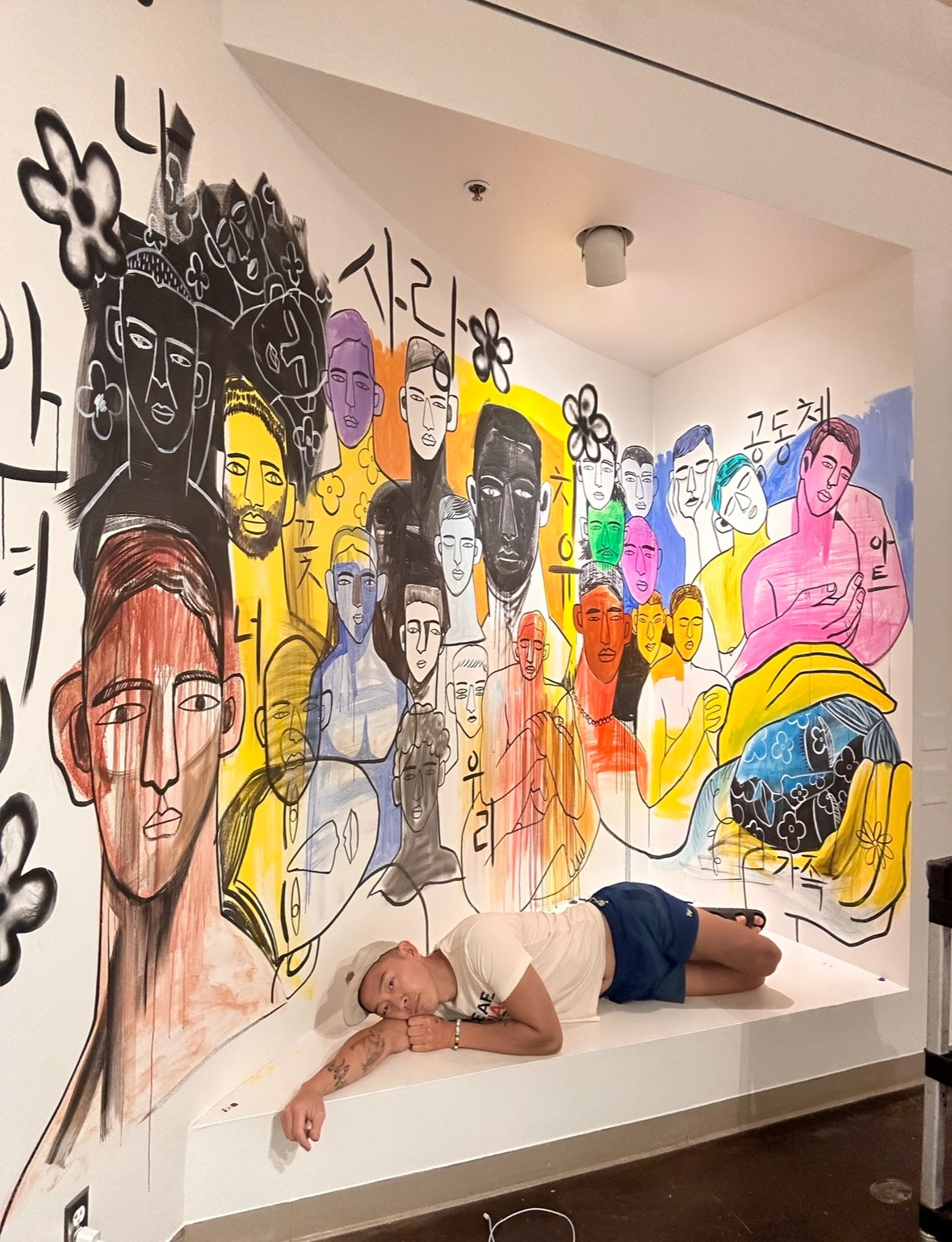

Awesome – so before we get into the rest of our questions, can you briefly introduce yourself to our readers.
I’m Jun Yang, an artist deeply influenced by my life experiences as a queer immigrant. I am both a creator and a muse of my work, which includes large-scale paintings, murals, fabric sculptures, and clay sculptures, all focusing on themes of queer identity, migration, mental health and belonging. I create art to give a voice to those often overlooked in mainstream culture, especially queer immigrants and queer teenagers in Asia.
My art is heavily influenced by my childhood traumas and queer immigrant experiences; I breathe life into my work. It’s a healing process for my personal traumas and grief, and it aims to spark dialogue and build a bridge with viewers on a personal level. Sometimes I curate and organize exhibitions and workshops that encourage discussions on these topics, helping to connect gaps between different communities.
What sets my work apart is its authenticity and dedication to social advocacy. I’m proud of how my art has resonated with people in my community, particularly those who see their own struggles and triumphs reflected in it. In the past, people have teared up after reading my story and seeing my art.
I want my art to speak for those who navigate life as queer refuge immigrsnt individuals, who have never felt they belong in society because they don’t fit societal expectations. It’s for anyone interested in exploring complex identities and supporting a more inclusive world.
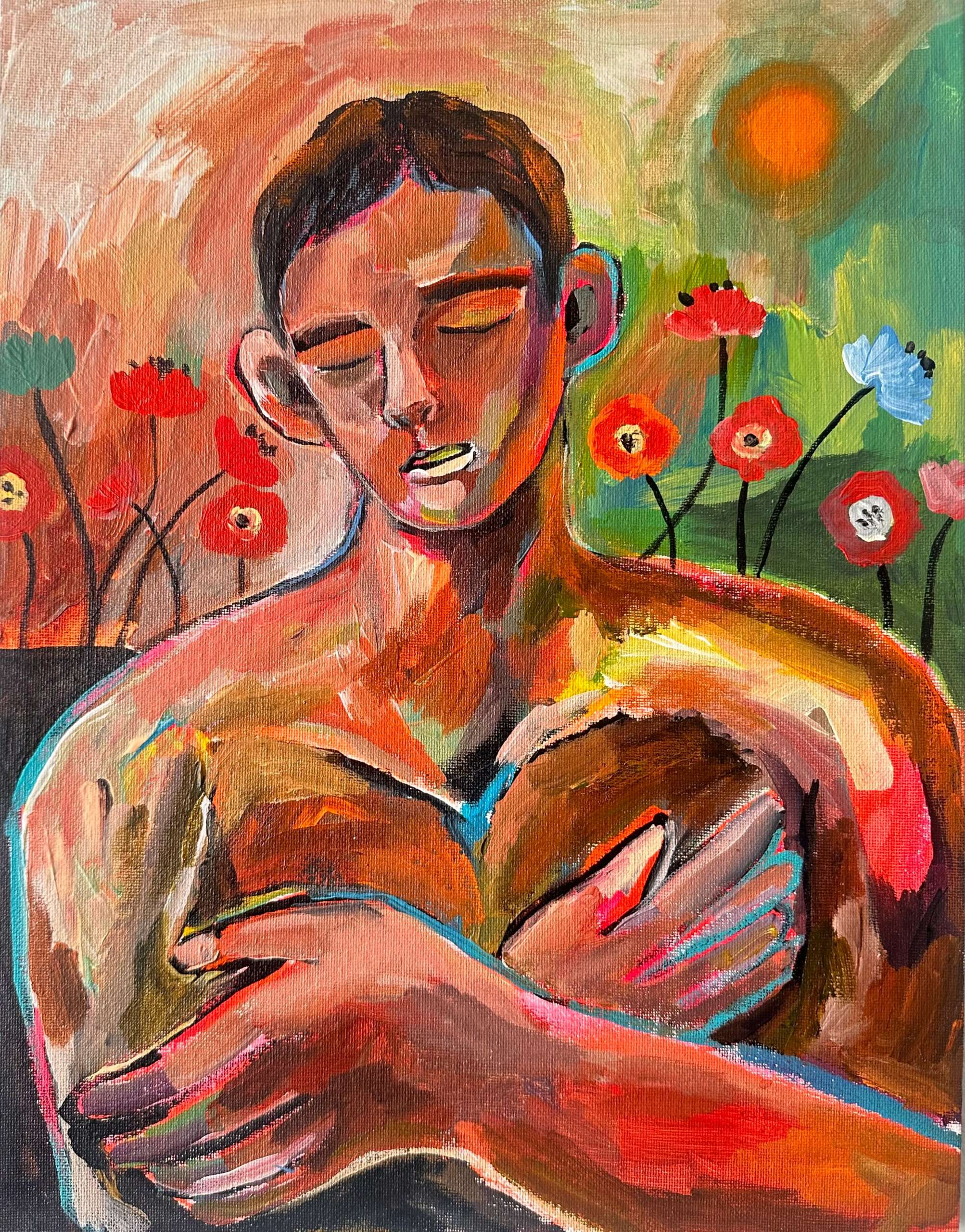
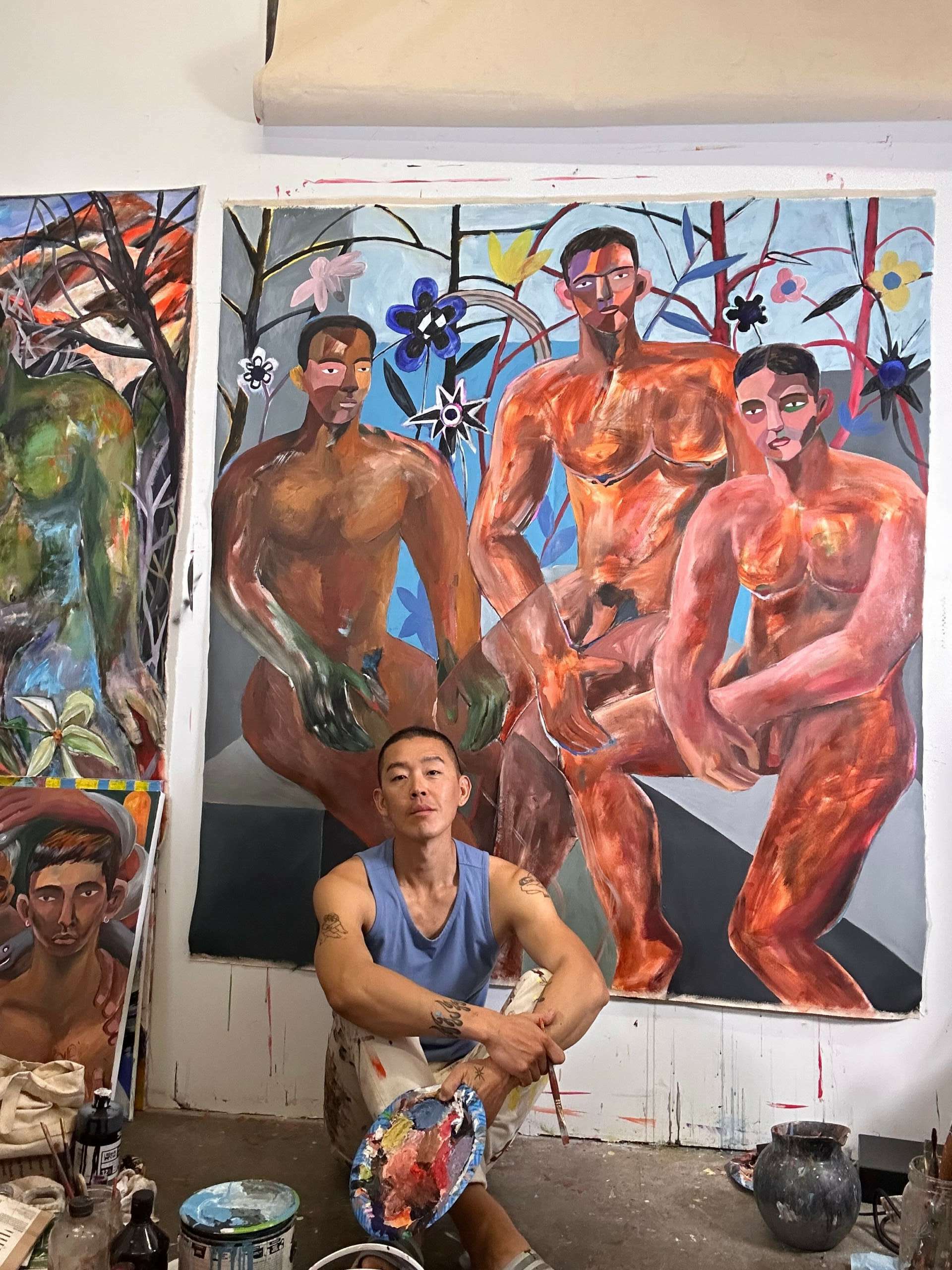

Is there a particular goal or mission driving your creative journey?
I’m hoping to host a major exhibition in my hometown in Korea to share my art and personal stories with young queer teenagers and their parents. I hope the show saves time and protect these young individuals from the dangers of a hostile environment shaped by personal beliefs and heteronormative expectations. Additionally, I want my art to amplify the visibility and voices of queer people, aiming to craft works that not only depict the complexities of these experiences but also foster understanding and empathy among a wider audience.
Another important goal of mine is to write a book about my story and my art journey. Through sharing my personal struggles and stories, I hope to enlighten people about the realities of art, artists, and the queer community, underscoring our shared human experiences. My ambition is to reach and inspire a broader audience, spreading a message of positivity and inclusion.
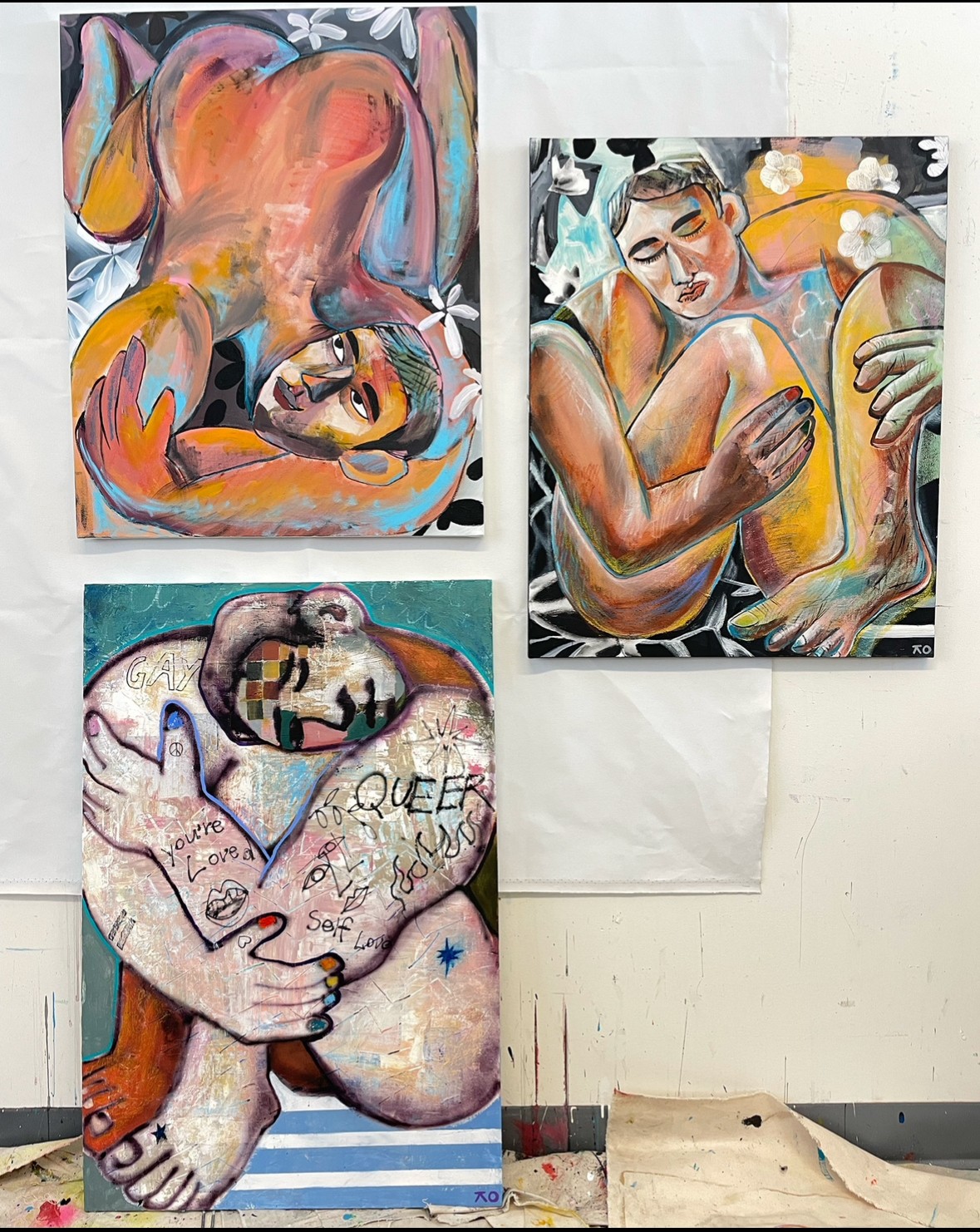
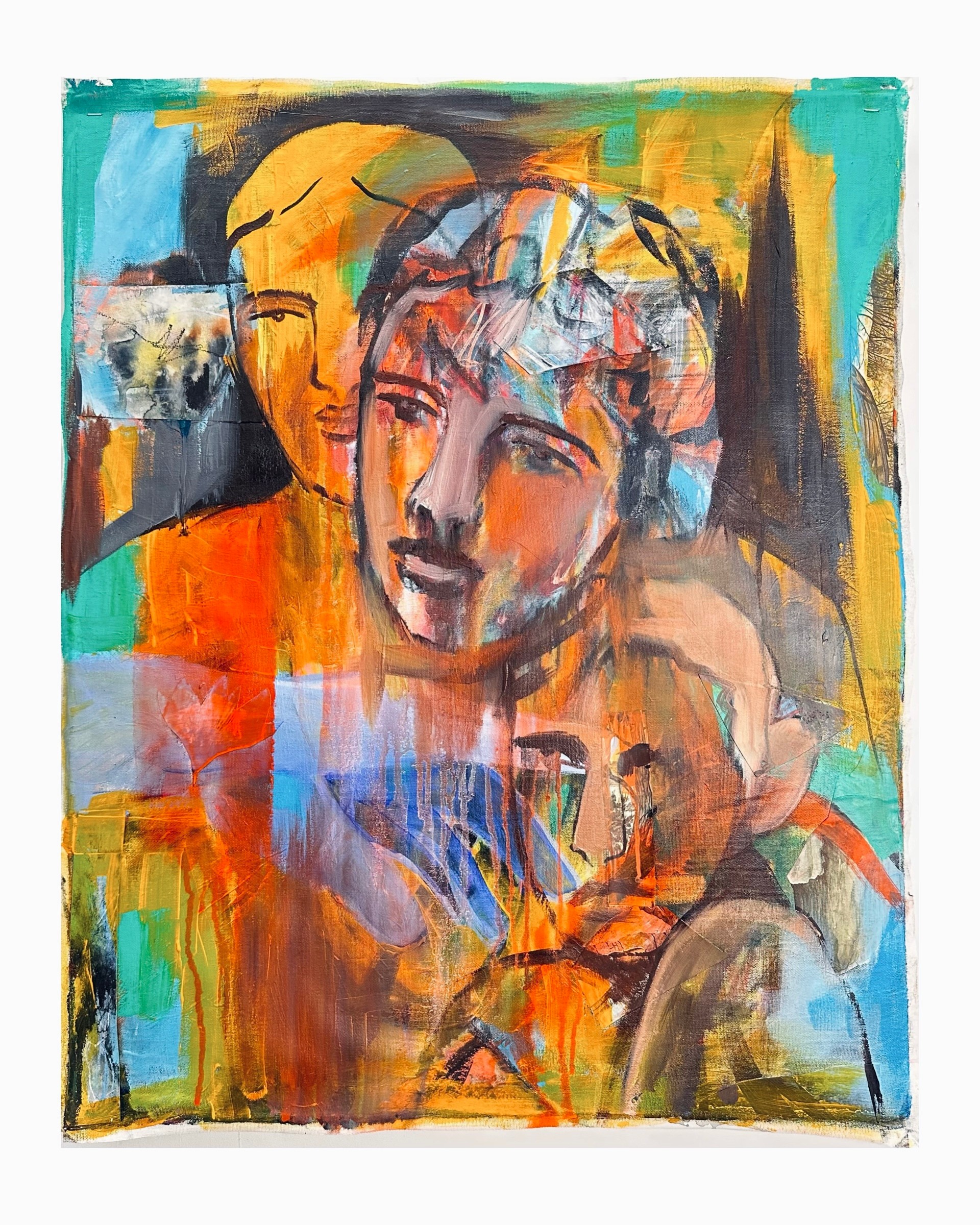
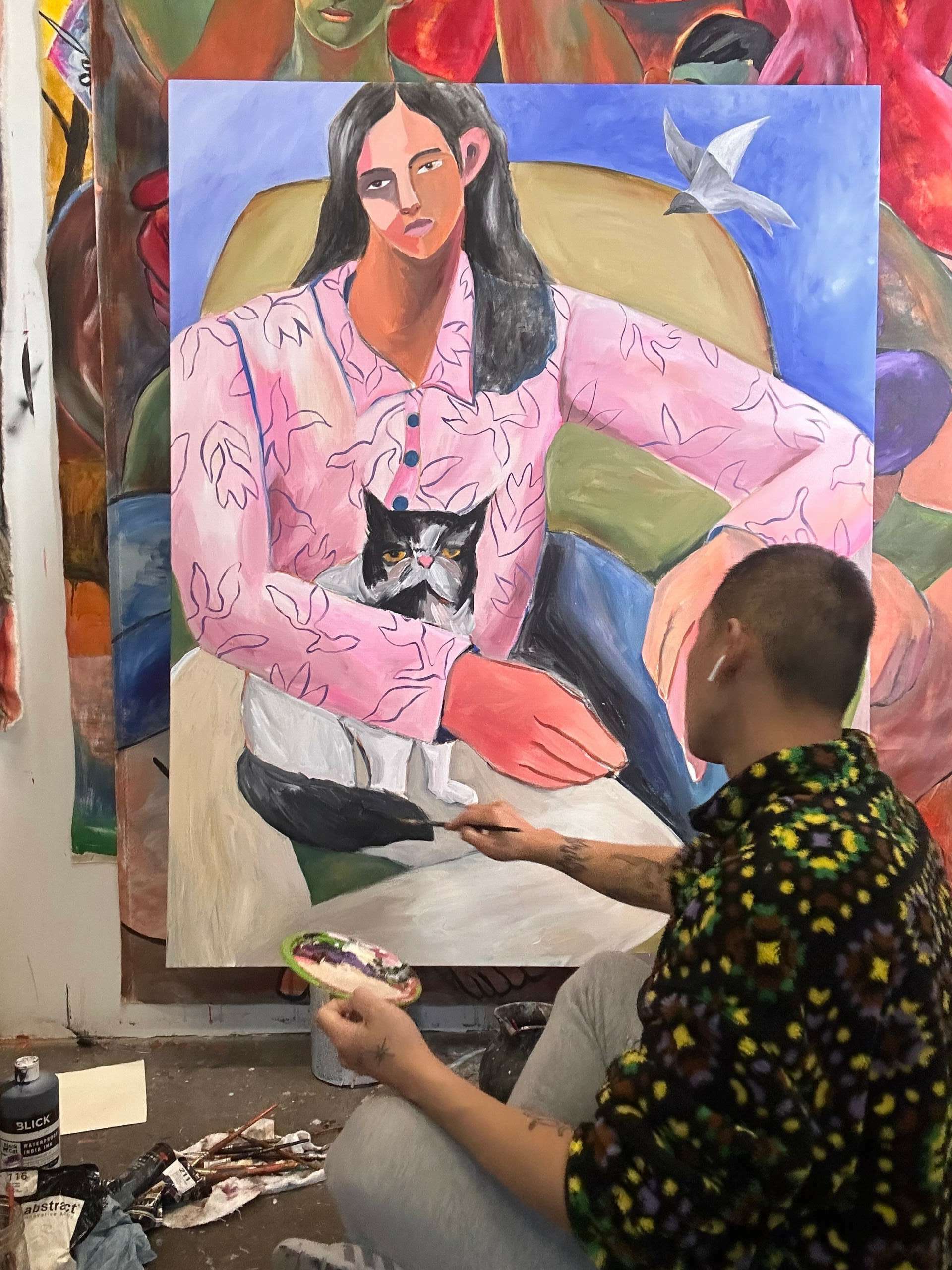
What can society do to ensure an environment that’s helpful to artists and creatives?
Artists at all stages of their careers need more accessible funding and grant opportunities. This kind of support can lift the financial burden and let artists focus on creating rather than just selling. It’s crucial for nurturing their creative practices and encouraging collaboration among artists.
Free education and training would greatly benefit artists too. It’s not just about improving their craft but also about giving them the tools to navigate the art world effectively. This includes understanding business, marketing, legal rights, and digital tools.
Artists also need more opportunities to show their work. Affordable exhibition and performance spaces are essential for artists to gain visibility and connect with audiences. This can make a huge difference in their careers.
Finally, a Public Art Program would not only increase artists’ visibility but also provide them with financial support. It encourages them to build their community by working alongside other artists. A supportive community is crucial for the art world. These changes would really transform the lives of artists.

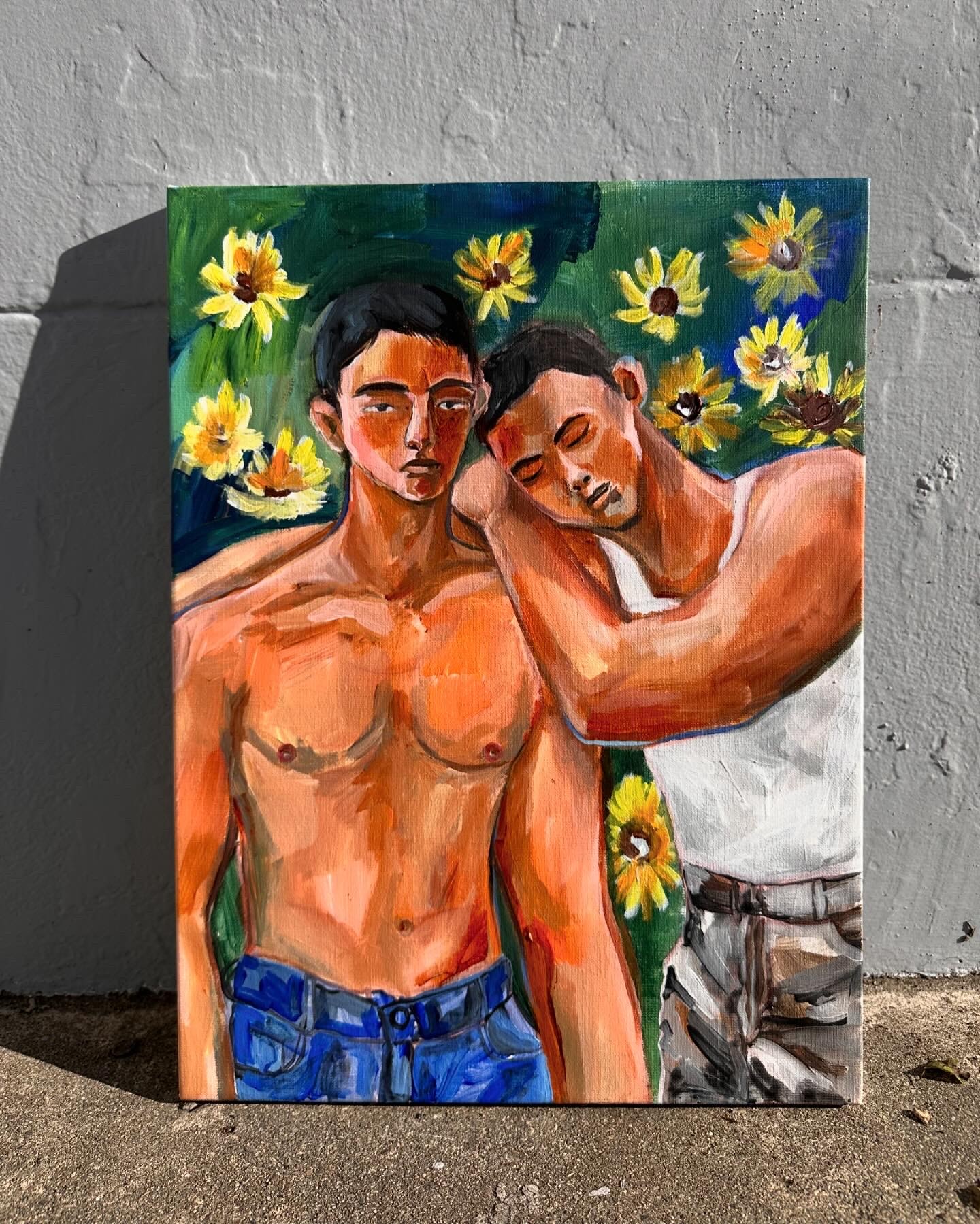
Contact Info:
- Website: www.junyangart.com
- Instagram: Junyarts
- Facebook: https://www.facebook.com/junyangart?mibextid=LQQJ4d


